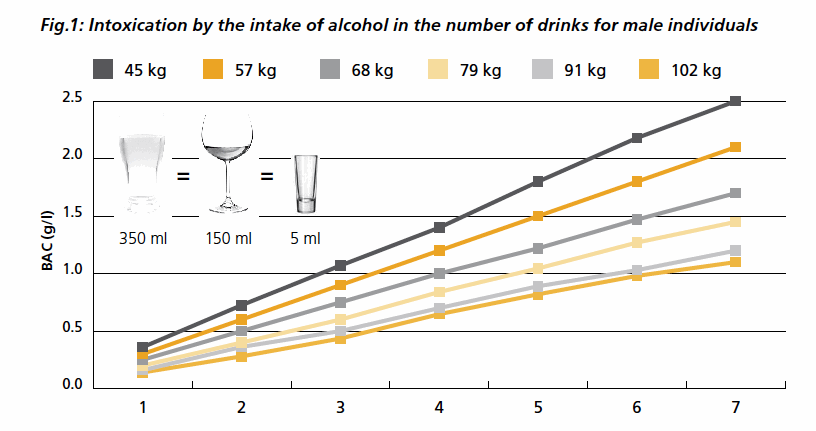

Having 18 drinks or more per week has been linked with 4-5 years shorter life expectancy.Having 10 or more drinks per week has been linked with 1-2 years shorter life expectancy.Drinking above this limit is linked with lower life expectancy. London: UK Gov 2019.įollowing the above strengths, around five pints of 4% lager or five standard glasses of 13% wine per week falls within the low-risk alcohol guidelines. Alcohol use disorders identification test consumption (AUDIT C). 40% - a single pub measure of spirits (25ml).


12-13% - a standard glass of wine (175ml).5% - a pint of 'strong' or 'premium' lager, beer or cider.4% - a pint of 'regular' lager, beer or cider.So, units are an easy way to tell you how strong your drink is. The number of units in a drink is based on the size and its alcohol strength (ABV). The ABV (alcohol by volume) figure is the percentage of alcohol in the drink. We usually count by the number of drinks we’ve had, but units are how alcohol is properly measured. How many units of alcohol do you consume each week? It’s a hard question to answer when you visit your GP. That’s equivalent to drinking about four pints of normal strength beer (4% ABV) for men and three pints for women in one go! How much is one unit of alcohol? In the long term, it can increase your risk of becoming depen dent on alcohol, alcohol-related cancer and heart disease. It can put you at greater risk of falls, accidents, anti-social behaviour, alcohol poisoning and affect your mood and memory. If you do drink as much as 14 units per week, spread this our evenly over three days or more.ĭrinking large amounts of alcohol in one go - binge drinking - can have a serious impact on your short and long-term health. Just make sure you don’t increase the amount you drink on the other days. Most people don’t drink alcohol every day - but if you do, you should aim to have some days off. These guidelines apply whether you drink regularly, or only occasionally. having several alcohol-free days each week.not drinking more than 14 units of alcohol each week.If you drink alcohol, it’s important to keep within the guidelines to lower your risk of harming your health by: There’s no completely safe level of drinking. weight gain from the calories in alcohol and unhealthy food choices when drinking.palpitations ( when you suddenly become aware of your heartbeat pounding or beating more quickly than usual).diseases such as stroke, liver problems, vascular dementia and some cancers.That’s because drinking too much alcohol (more than the recommended 14 units) on a regular basis can cause: Are the recommendations different if I have a heart condition?įor your health, it's important to try to stay within the recommended guidelines of no more than 14 units of alcohol per week.Is it true alcohol can be good for your heart?.However, drinking more than the recommended amount of alcohol can have a harmful effect on your heart and general health. of 80 proof liquor, 12 oz.Alcohol is a part of many peoples' lives and can be hard to avoid. Size and gender difference are reflected in the following estimated charts: BAC Chart for Men (Male) Men Some of these include: a persons size, gender and physical condition what they have had to eat how much sleep they have had what medications they are taking and, importantly, the actual alcohol content of their chosen drink. There are many factors that affect your Blood Alcohol concentration (BAC) when you drink. For instance, in North America a BAC of 0.1 (0.1% or one tenth of one percent) means that there are 0.10 g of alcohol for every dl of blood. Blood Alcohol Content is the legal name for BAC but Blood Alcohol Concentration is sometimes used for simpler description.īlood alcohol concentration is usually expressed as a percentage of ethanol in the blood in units of mass of alcohol per volume of blood or mass of alcohol per mass of blood, depending on the country. (blood alcohol content) Fluid Ounces Consumed (oz.):īlood alcohol content (BAC), also called blood alcohol concentration, blood ethanol concentration, or blood alcohol level, is most commonly used as a metric of alcohol intoxication for legal or medical purposes.


 0 kommentar(er)
0 kommentar(er)
